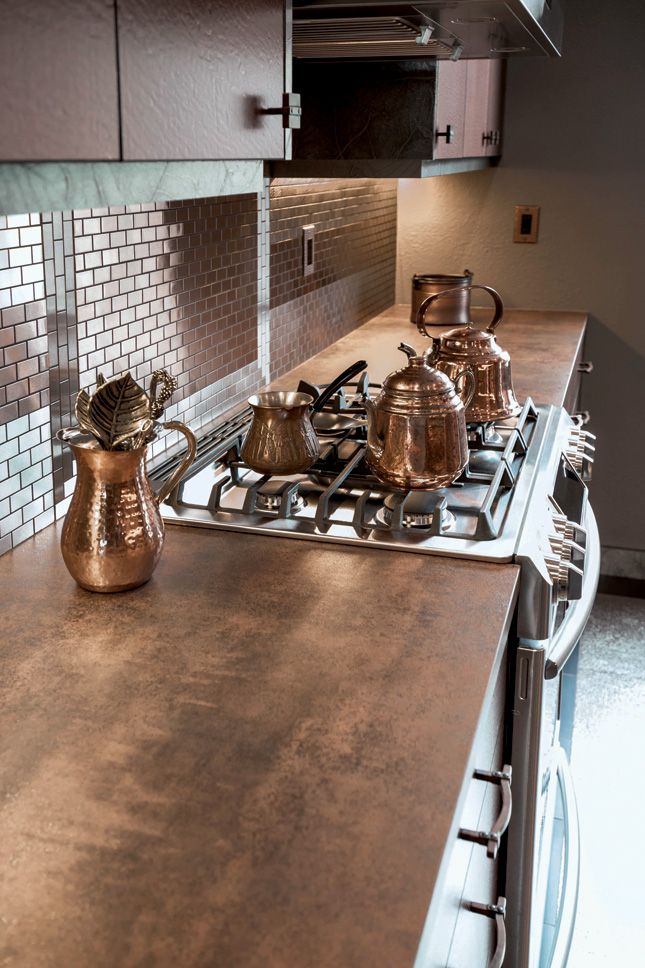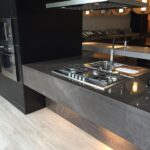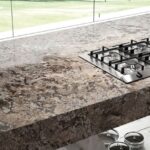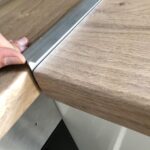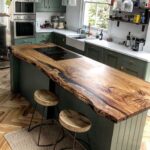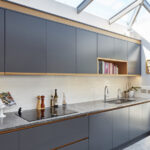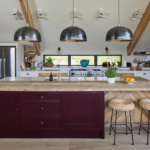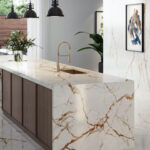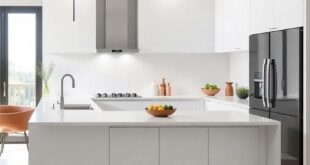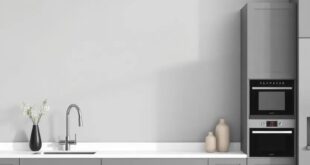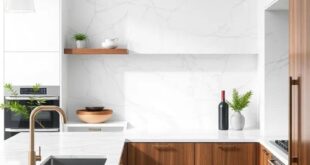Kitchen worktops are an essential element in any kitchen. They provide a functional surface for food preparation, cooking, and other tasks. In addition to their practical use, worktops also play a significant role in the overall design and aesthetic of a kitchen.
There are many different materials to choose from when it comes to kitchen worktops. Each material has its own unique set of advantages and disadvantages, so it is important to carefully consider your needs and preferences when selecting a worktop for your kitchen.
One of the most popular materials for kitchen worktops is granite. Granite is a natural stone that is extremely durable and resistant to heat, scratches, and stains. It also comes in a wide variety of colors and patterns, making it easy to find a granite worktop that complements your kitchen’s design. However, granite can be expensive and may require regular sealing to maintain its appearance.
Another popular choice for kitchen worktops is quartz. Quartz is an engineered stone that is made from a combination of natural quartz crystals and resin. It is highly durable, non-porous, and resistant to heat, scratches, and stains. Unlike granite, quartz does not require sealing and is available in a wide range of colors and patterns.
Laminate worktops are another cost-effective option for kitchen worktops. Laminate is made from a high-density fibreboard core with a decorative layer and a protective coating. Laminate worktops are easy to clean, resistant to stains, and come in a variety of styles and colors. However, they are not as durable as natural stone or engineered stone worktops and can be easily damaged by heat and scratches.
Wood worktops are a timeless option for kitchen worktops. Wood adds warmth and character to a kitchen and is ideal for food preparation. However, wood worktops require regular maintenance, including oiling and sanding, to prevent damage from water and stains.
In addition to choosing the right material for your kitchen worktop, it is also important to consider the layout and design of your kitchen. The size and shape of your worktop should be functional and practical for your cooking needs. If you have a small kitchen, consider maximizing space with a slimline or L-shaped worktop. If you have a larger kitchen with an island, consider a larger worktop with seating for a multi-functional space.
Overall, kitchen worktops play a crucial role in the functionality and design of a kitchen. By carefully selecting the right material, size, and design for your worktop, you can create a beautiful and practical space for cooking and entertaining.
 Decorationg Interior Design
Decorationg Interior Design
